by Carolyn Bernhardt
September 19, 2023
Over the last few years, an unfortunately resilient fungal pathogen, Phyllachora maydis, has crept into Minnesota’s corn crops. It leaves them riddled with unwanted blemishes and causes their death. Known as corn tar spot, this disease was first detected in the United States in 2015 in Illinois and Indiana. Since then, it has snuck into many Midwestern states, including the southeastern corners of Minnesota. There, weather conditions have been particularly conducive to its growth.
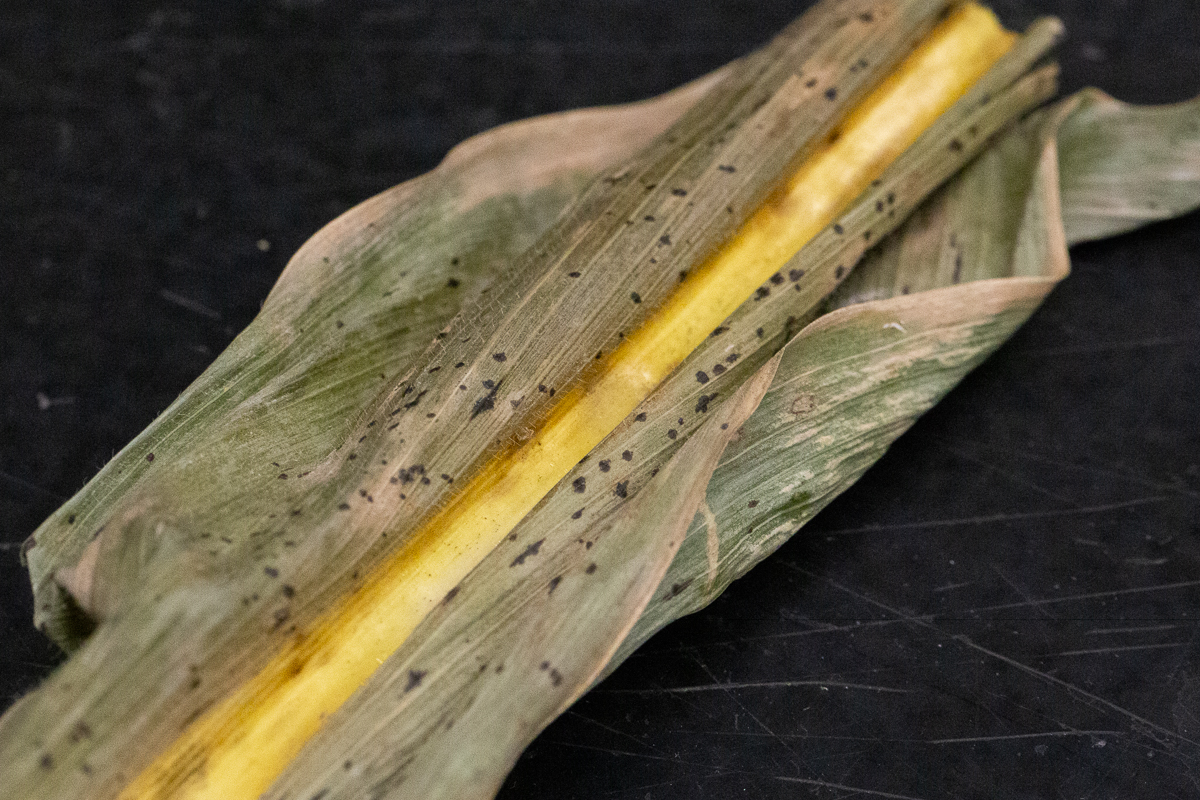
Minnesota's corn industry is worth billions of dollars annually, making it vital to the state's economy. And this stealthy invader can silently devastate yields. “It's highly likely that we experienced yield losses ranging from 50 to 70 bushels per acre in some fields—if not more—in Minnesota,” says Dean Malvick, a professor in the Department of Plant Pathology in the College of Food, Agricultural and Natural Resource Sciences.
These losses have affected localized areas rather than a wide geographic area, but when the pathogen reached Minnesota, Malvick says he and his research team realized “it could pose a substantial threat here.”
That’s why Malvick used MITPPC funding to collaborate with PhD student José Solórzano. They’re conducting research aimed at understanding the pathogen’s distribution across Minnesota, developing novel research methods, clarifying the pathogen’s responses to weather conditions, and exploring potential management options. Malvick’s team is the first and only one in the state looking into these areas of inquiry.
Ruptured spots and unlocked secrets
The tar spot pathogen is very difficult to work with. “Our new methods to inoculate, or infect, corn with this finicky pathogen essentially involve three main aspects,” Solórzano says. “They include storage of the fungus, obtaining spores from the fungus, and ensuring that the plants become diseased under specific temperature, humidity, and light conditions that affect how the pathogen behaves.” Previous research has shown that traditional approaches to isolate the fungal spores, such as blending plant tissue with water, get mixed results. Solórzano had to forge a new path.
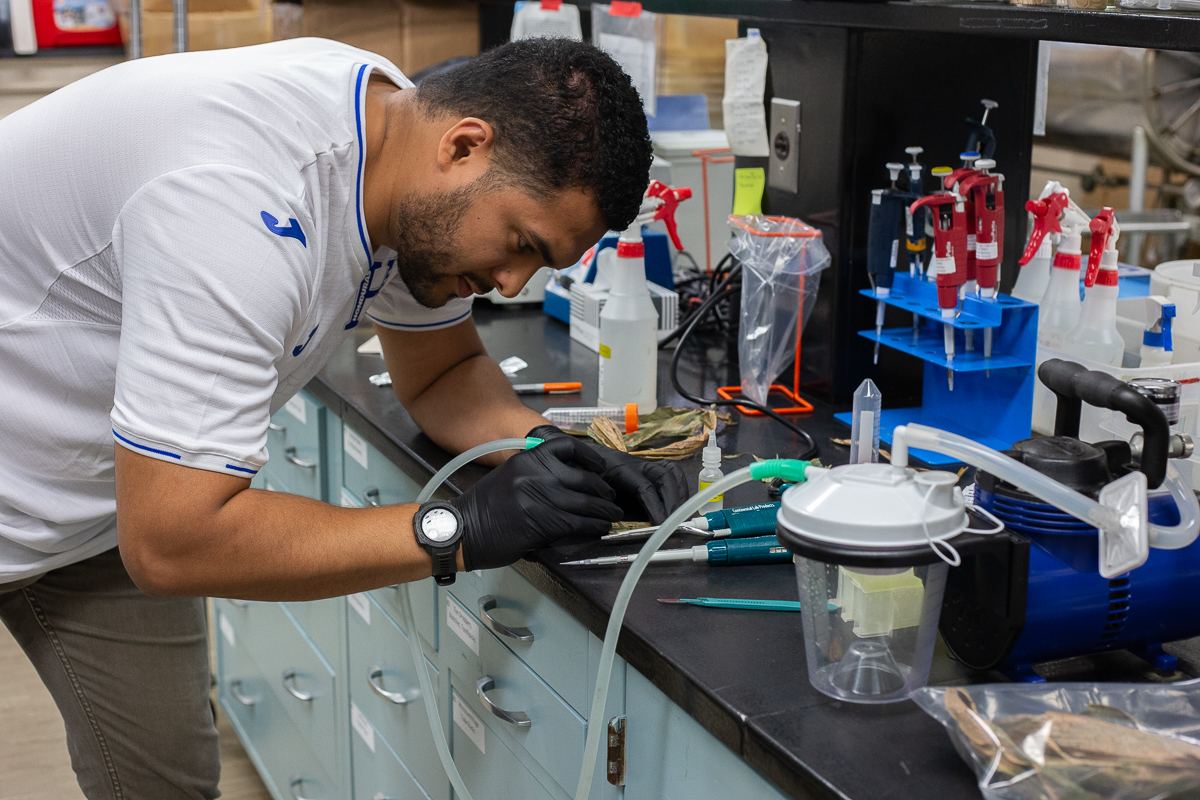
The spots that the disease peppers across corn leaves reminded Solórzano of pimples. He developed an approach for “popping” them to isolate the spores for further study. This method enabled researchers to collect spores effectively. It represents a pivotal step in the broader investigative journey of corn tar spot by bridging the gap between field observations and controlled laboratory experiments. Ultimately, the method provides invaluable insights into the life cycle of the fungus and the disease it causes.
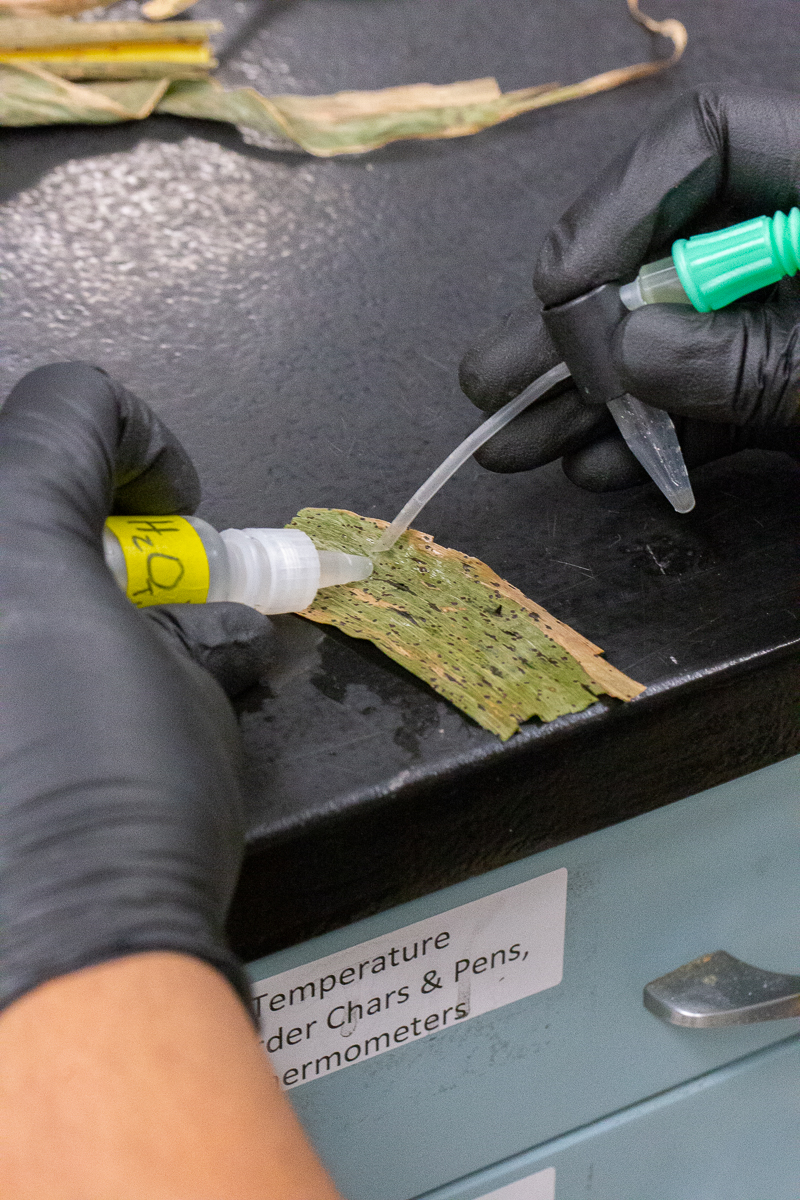
Vital tools for real-world precision
Once the team had established a method for studying the disease, their research revealed some crucial discoveries.
First, the researchers saw that the pathogen had spread to over 30 Minnesota counties. This signals a growing threat to the state’s corn crops. “Understanding its distribution helps us gain insights into its potential spread and the conditions that favor it,” Malvick says.
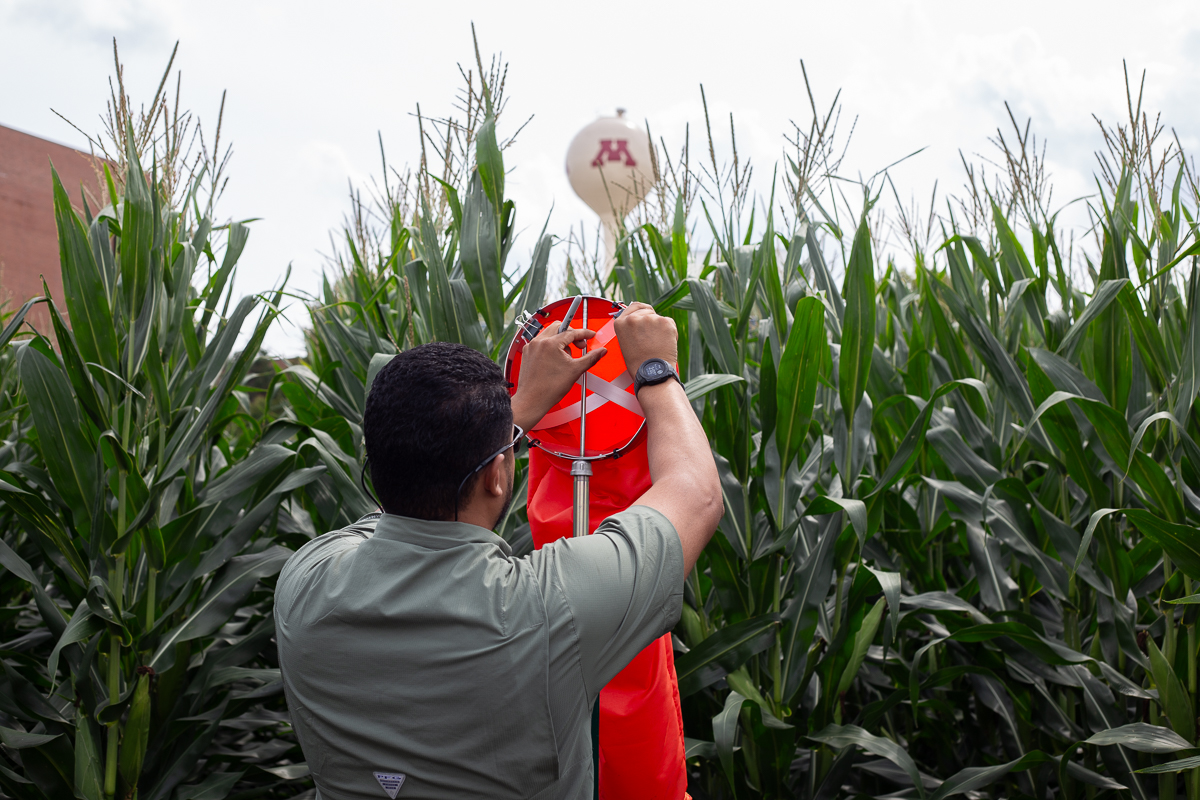
Second, the fungus surprised scientists by surviving temperatures as low as -20 degrees Celsius for five months. This fact eliminates any hope that Minnesota’s cold winters could eradicate it if left behind in corn residue. But the team made the most of this attribute in the lab. The researchers took samples of the fungus from the field, froze them, and then tested them under various conditions. This approach allowed the team to mimic real-world conditions, making their findings precise and practical.
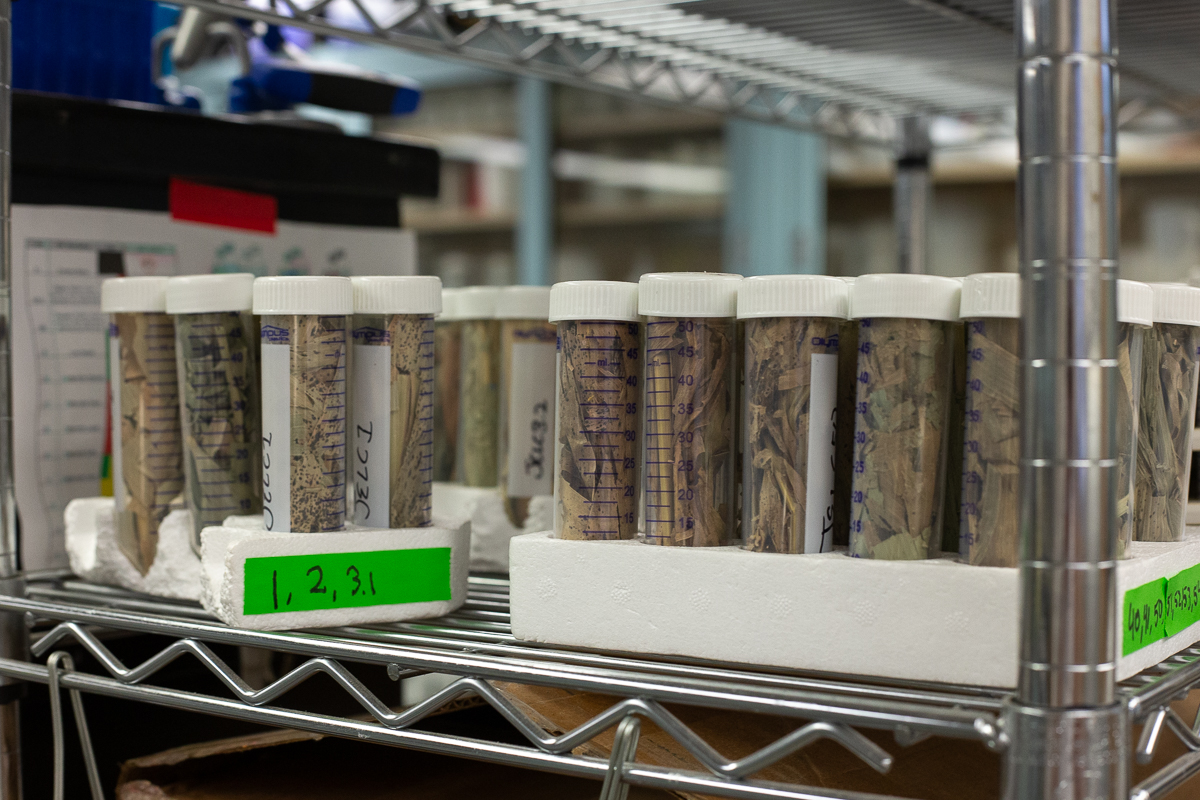
Lastly, the durable fungus exhibited rapid growth, causing tar spots on corn leaves within 10 to 12 days after inoculation. However, this pace may vary depending on location, hybrid, and environmental conditions, sometimes taking more than 16 days.
Malvick was involved in the development of a DNA-based test to help detect corn tar spot during these 10 to 16 days before plants start to show signs. With this test, researchers and farmers can work together to pinpoint an infection before it gets out of hand. “Understanding how quickly a disease can develop is important to intervene with management tactics,” says Malvick.
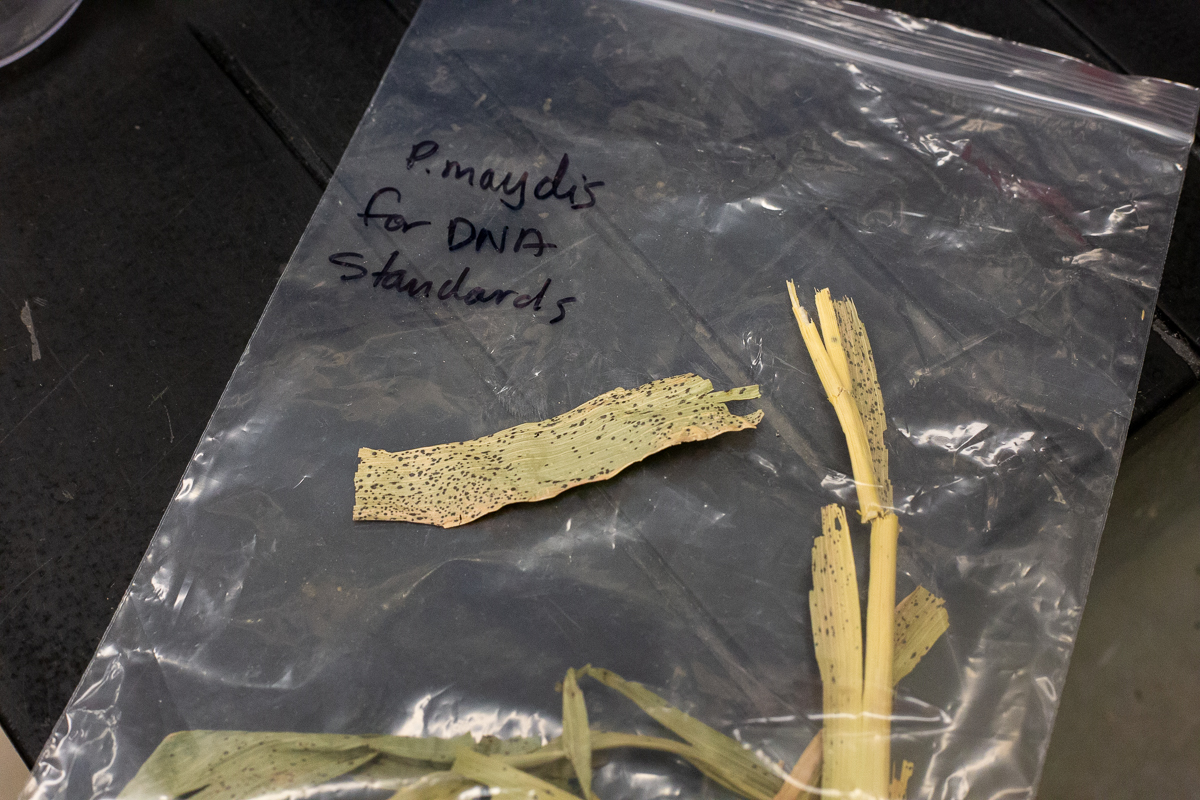
Expanding the scope
The team’s next mission involves delving into the diversity of Phyllachora species associated with corn. As Solórzano points out, “If multiple Phyllachora species are infecting corn, we may need to develop different management strategies, detection methods, and corn cultivars that can resist all these species.”
Meanwhile, the team is looking into conidia, a spore type produced by the fungus. These prolific spores currently possess an elusive function and deciphering their role could uncover insights for disease management.
Another pressing endeavor involves developing and releasing a practical field inoculation protocol. This tool will enable the seamless application of the team's laboratory findings in real-world agricultural settings. It would help to advance research.
The scientists are also scrutinizing the potential impact of corn pathogen species on native plants in Minnesota. This expanded ecological exploration promises to furnish an array of tools and knowledge for safeguarding Minnesota's corn crops and wider plant life against the tenacious and elusive corn tar spot. “Research shows that these Phyllachora species are likely nonhost-specific, which means they can go to different hosts,” Solórzano says. “And those hosts are different plants.” If the fungus can survive in other plants, it could escape any management attempts if other plant life is not also included in the process. He says the team wants to know whether there are other Phyllachora species in Minnesota and the U.S. so they can better develop management and diagnostic methods.
As scientists uncover the secrets of this fungal assailant, the prospects for Minnesota's corn crops improve. “We're building knowledge from the ground up,” says Malvick, “and funding from MITPPC has enabled research that benefits scientists, farmers, stakeholders, and anyone affected by the disease throughout the Americas where it's present."
Photos for this story were taken by Domini Brown.
The Minnesota Invasive Terrestrial Plants and Pests Center research is supported by the Environment and Natural Resources Trust Fund, as recommended by the Legislative and Citizen Commission for Minnesota Resources.
Stay connected by signing up for the MITPPC newsletter or follow us on Facebook or Twitter.
You may also like...
- Distribution, risks, and management of corn tar spot - completed research project
- Understanding spread and development of corn tar spot in Minnesota - in progress research project
- Corn tar spot identification and diagnostics guide
- Tracking tar spot: Protecting Minnesota’s corn
- Minnesota Crop News